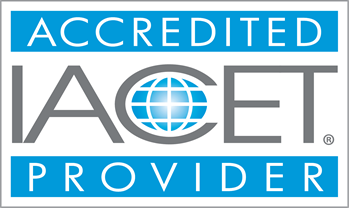Price: $99.99
EPA-40-Hour HAZWOPER
The 40-Hour HAZWOPER training course is required for workers facing high-risk of exposure to hazardous materials at levels at or above OSHA's permissible exposure limits (PELs). It meets the requirements outlined in OSHA's Hazardous Waste Operations and Emergency Response (HAZWOPER) 29 CFR. Students will gain competency in the following areas: How to implement the employer's emergency response plan; Know the classification, identification and verification of known and unknown materials; Be able to function within an assigned role in the Incident Command System; how to select and use proper specialized chemical personal protective equipment; Understand hazard and risk assessment techniques; Be able to perform advance control, containment, and/or confinement operations; Understand and implement decontamination procedures; Understand termination procedures; and understand basic chemical and toxicological terminology and behavior.
Course Modules - (27)
Learning Outcomes:
- Estimate the Size of a HAZMAT Endangered Area.
- Survey Hazardous Material Incidents at the HAZWOPER Level.
- Collect Hazard and Response Information at the HAZWOPER Level.
- Determine the Potential Harm of a Hazardous Material.
- Identify Personal Protective Equipment (PPE) Safety Precautions.
- Identify and Select Personal Protective Equipment (PPE).
- Identify Decontamination Methods.
- Advise On-Scene Control Measures.
- Develop a Plan of Action for a Hazardous Material Incident.
- Identify the Incident Management System (IMS).
Completion Requirements:
- 100% appearance for the course
- Fully involvement in all class trainings (determined by instructor)
- Completion of Continuing Education and Training Registration Form
- Completion of mandatory quiz assessments
- As applicable, attainment of least passing score on required end-of-course examination
- Participation and submittal of end-of-course assessment form (must provide name on form to obtain credit)


